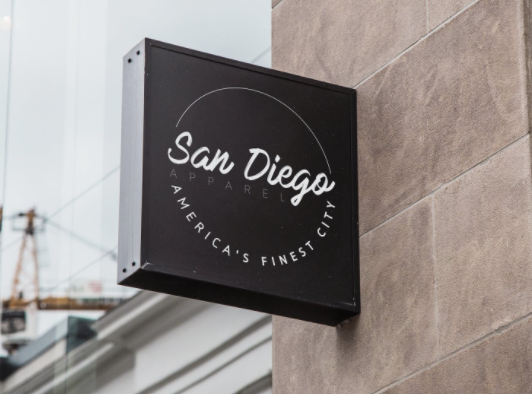The first impression customers have of your brand is often your brand name and logo. The name of your brand plays a significant role in making your audiences know your products. Let’s say you start a florist shop. Make sure you learn the right way to name your first flower shop. Then, try to make a creative logo that visualizes your vision of your business. Your logo is the most crucial element of your visual brand. It’s everywhere, from your website to your retail store to your product packaging. It is the identity of your company. A memorable and effective logo can influence how potential customers perceive your business and brand. When designing or commissioning a logo for your company, consider what message you’re sending.

Create a Creative Name
Your company name is just as important as your logo. It is often what draws people to your business. It would help if you spent as much time developing a good name as you design a logo. When you hire someone to design a logo for you, be clear about your preferences and why. You can use characters from your favorite books, legends, myths, or scientific objects. You can then add your personal touch. Finally, create your company name. It would help if you collaborated with them at all stages of the process.
Pick the Right Font
If your logo includes text, it’s essential to use a font that fits your brand and is easy to read. Small businesses often make the biggest mistake when designing their logos. They choose a font that is stylized and hard to read. Customers may have trouble reading the text in your logo, making it harder to remember your company’s name.
Although some companies, like Apple, have logos without the company name, it’s a good idea to include the company name in the logos of startup companies. Even if you’re not known as Apple, that doesn’t mean your company isn’t. You don’t want potential customers to forget who you are. You can always simplify and rebrand later if your company is a familiar name.
Make It Simple
Simple logos are more effective. Avoid overloading your logo with complex elements. Customers may have a hard time understanding your logo if it’s too complicated or stylized. Simple logos are best for small businesses. They convey the company’s mission. For example, many photographers use logos with camera motifs. Florists may use a subtle floral pattern for their logo. Your logo should convey a clear message.
Pick the Color Scheme Wisely
The colors of your brand must reflect your personality. A company specializing in arts and crafts might choose brighter colors to convey creativity, while a law firm might use more muted colors. Choose a color scheme that fits your industry or product. The color scheme of your logo will influence the design decisions you make for the rest. So choose carefully.
Remember that readability is just as important as aesthetics when choosing a color scheme for your logo design. Dark purple text on a black background is complex for customers to read. You also need to know that color combinations like red or green are complex for color-blind customers to read. All potential customers can easily read and interpret an effective logo.
Avoid Misinterpretation
It would help if you also were careful that your design is not misinterpreted. Everyone can see specific designs differently. You may think your logo is professional and innocent, but someone may consider it inappropriate. Before you start using your new logo, ask as many people as possible for a second opinion.
